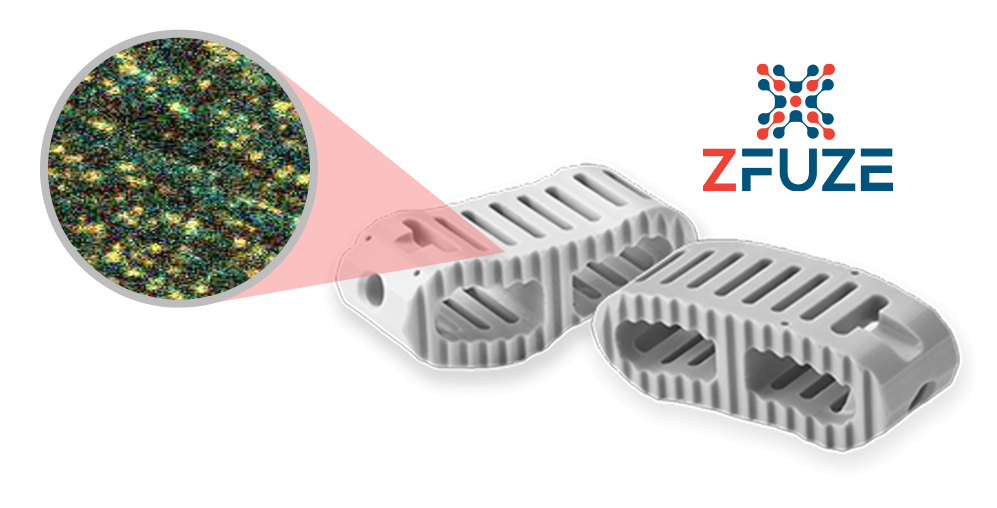
Negatively charged, hydrophilic ceramic Zeolite as shown under SEM
For decades, we’ve thought about the mechanical and physical properties of implant materials. Today, we now understand just how important the patient’s immune system is for normal tissue regeneration and avoiding fibrous encapsulation that we too often see with implants. That’s why we’ve created the ZFUZE technology. Because when it comes to bone healing, immune response matters.

The phenotype of cells such as macrophages can be determined by the expression of certain markers based on the cytokines that are produced. An early prolonged M1-like response has been associated with chronic inflammation and fibrosis; whereas an early transition to M2-like response has been associated with minimal fibrosis and constructive and functional tissue remodeling.
A recent study performed by Dr. Stephen Badylak’s team at the McGowan Institute for Regenerative Medicine compared macrophage expression changes in vitro with ZFUZE and PEEK. Dr. Badylak’s team has tested over 300 biomaterials using these same M1 to M2 immunomodulation assays. ZFUZE is the first and only man-made material that consistently demonstrated the ability to shift the M1 to M2 phenotype in a rapid and predictable manner at Day 4-5.

ZFUZE™ is a composite polymer derived from PEEK and negatively (-) charged ceramic aluminum silicate molecules. ZFUZE™ is a hydrophilic load bearing medical polymer, that provides for bony ingrowth into the implant and affords the surgeon the ability to verify fusion radiographically.
ZFUZE is FDA Cleared in the USA.